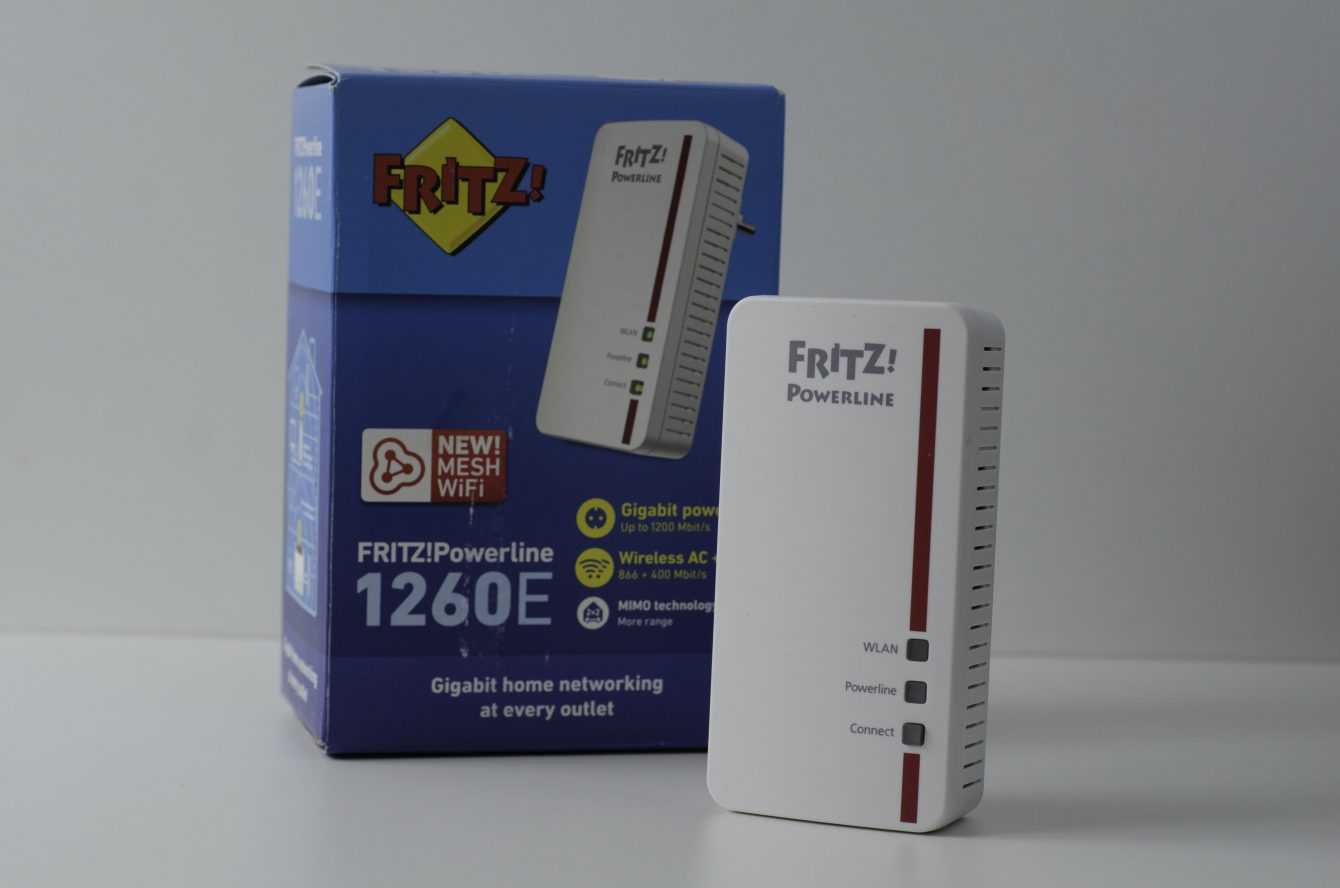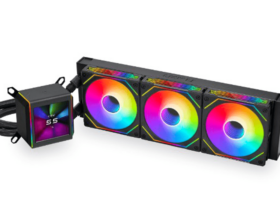Today we are talking about a very special product: Fritz! PowerLine 1260E. This is a very special system designed by AWM to extend your home network through the electrical network, but it can also work as a normal Wi-Fi Extender. Well in this piece we will focus on its functioning as a wireless bridge
In this review we will go deeper the operation of Fritz! PowerLine 1260E as a Wi-Fi Extender. This device is in fact a very flexible tool that can be used in two main ways to extend your home network. The first, the one for which the Fritz! PowerLine was created, is the possibility of extending the network using the electrical system of the house as a support. The idea of running the Internet through power cables is quite old and has proved to be a large-scale bankruptcy project due to some performance and noise issues. However, over the short distances of the home network, the performances are really excellent and with Fritz! PowerLine 1260E you get to a good 1200 Mbps theoretical. In this way the signal travels unchanged through walls and floors and is then repeated via Wi-Fi in the target area. Thanks to the wireless system however, it is possible to use Fritz! PowerLine 1260E as a Wi-Fi Extender quickly and easily. But will the performance be up to par? Let’s see it in our review!
Features | Fritz! PowerLine 1260E Review
- Dimensions: 132.3 x 67 x 69.3 (32.4 with socket) mm
- Weight: 186 grams
- Power absorbed on average: 6,7 W
- Powerline transmission speed: 1200 Mbit / s theoretical with 128-bit AES secure encryption
- Connection wireless AC fino a 866 Mbits/s in the 5 GHz band
- Connection wireless N fino a 400 Mbits/s in the 2.4 GHz band
- Quick setup via WPS
- Wired connection Ethernet 1 Gbps
Design and packaging | Fritz! PowerLine 1260E Review
Let’s start by describing the packaging which is very sparse and it only contains the body of our repeater, an Ethernet LAN cable and the instruction booklet. However, you don’t need much else to use Fritz! PowerLine 1260E as a Wi-Fi repeater, the only precaution is that you need an adapter for the German socket. This we can also see it with a small weakness of the design of this device because it becomes quite protruding from the socket. Keep in mind that it is not easy to hide it behind a door for example. Overall, however, it is a well-built and fairly compact product, taking into account the fact that it integrates two features. The rounded corners also go well with environments with a not too modern and minimal design. Thanks to 3 LED indicators it is also possible to recognize the status of the repeater and one of these is also a button which, depending on the operating mode, can be used to connect the Fritz! PowerLine 1260E to other devices.
However, everything happens in a fairly transparent and automatic way. We tried to set up the device from the web interface, everything is clearly guided and illustrated and the whole process takes just a few minutes. However, we point out that it does not seem enough to complete the procedure from the Fritz menu! to connect it to a router and / or modem. The simplest thing is complete the procedure using the WPS button of the router and the “Connect” of Fritz! PowerLine 1260E.
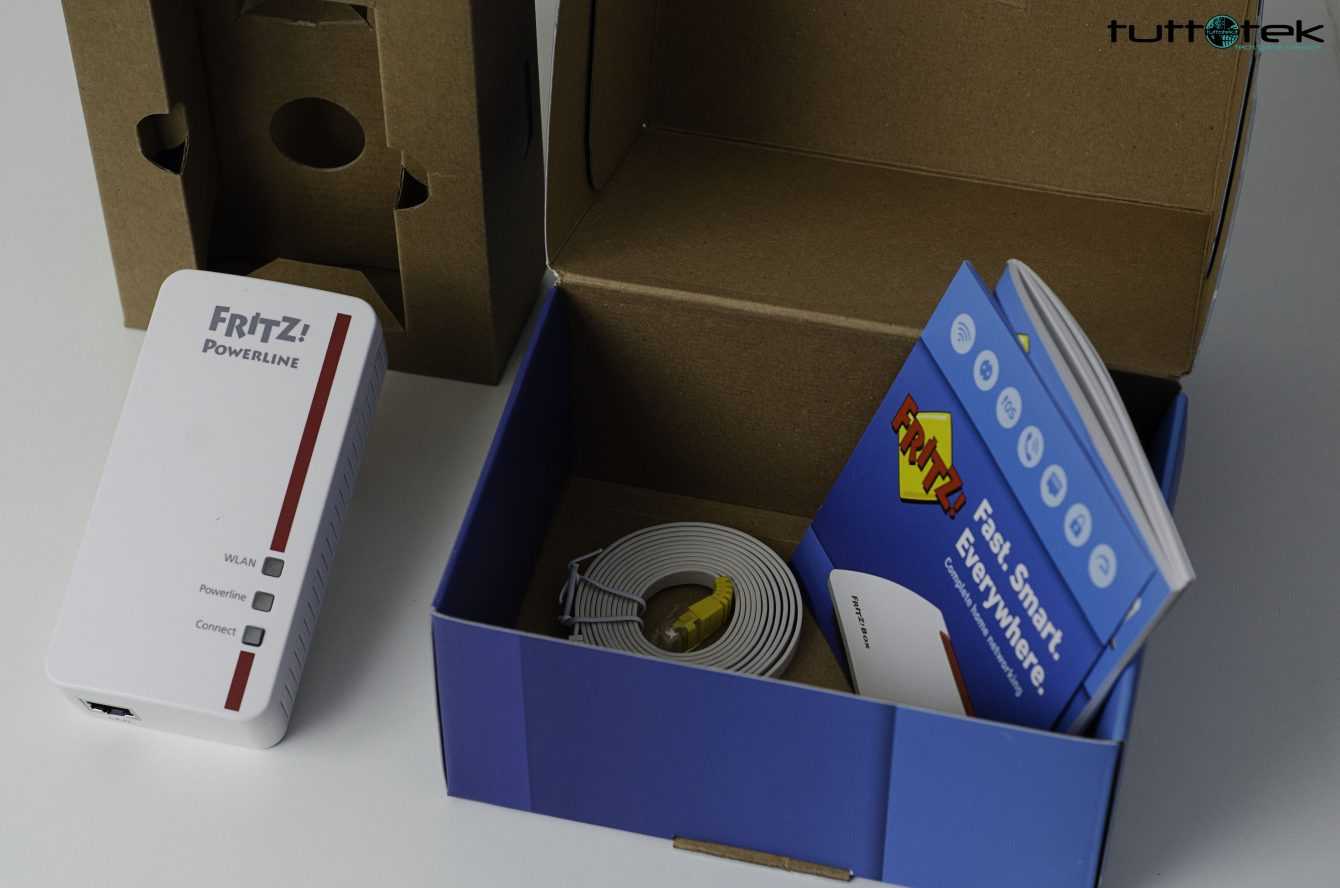
Performance | Fritz! PowerLine 1260E Review
We come to the performance of Fritz! PowerLine 1260E as a Wi-Fi repeater. During our reference we compared it with a Wi-Fi extender from another brand. We focused on ability of the repeater to lock on the signal and to repeat it without deteriorating it, so we first tested its performance in two different locations around the house relative to the modem. Secondly we tested its ability to manage multiple devices at the same time. Here are the results that we are about to comment on.
Location 1 – which in the graphs is represented in orange – was about 4-5 meters as the crow flies from the modem, with a wall and a floor in between. Location 2 – which we see in blue in the graphs – was instead located at 7-8 meters with a couple of extra walls. As you can see our Fritz! PowerLine 1260E falls far behind in location 2, deteriorating the signal, while the competitor is able to take and repeat the signal with a negligible decrease in performance. If placed at the right distance it works very well.
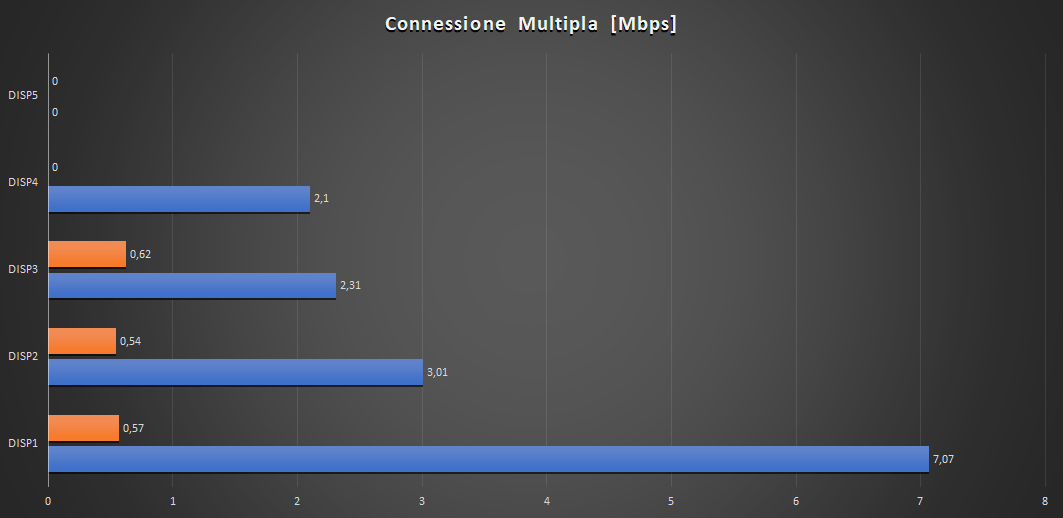
In the test for multiple connections we used 5 heterogeneous devices and launched a speed test at the same time. The Fritz! PowerLine 1260E performs quite well if we use up to 4 devices, while the fifth fails to complete the benchmark. The repeater manages to distribute the band fairly evenly. In the download tests there is a bit of asymmetry in the first devices due to the fact that you cannot instantly press 5 buttons. The fairness in upload speeds is noticeable. Taking into account that this is a stressful situation different from everyday ones, we can say that Fritz! PowerLine 1260E can handle packages from different devices well. One negative is that we have failed to connect a Panasonic smart TV with this repeater. It is not clear whether it is a problem with the TV or the repeater.
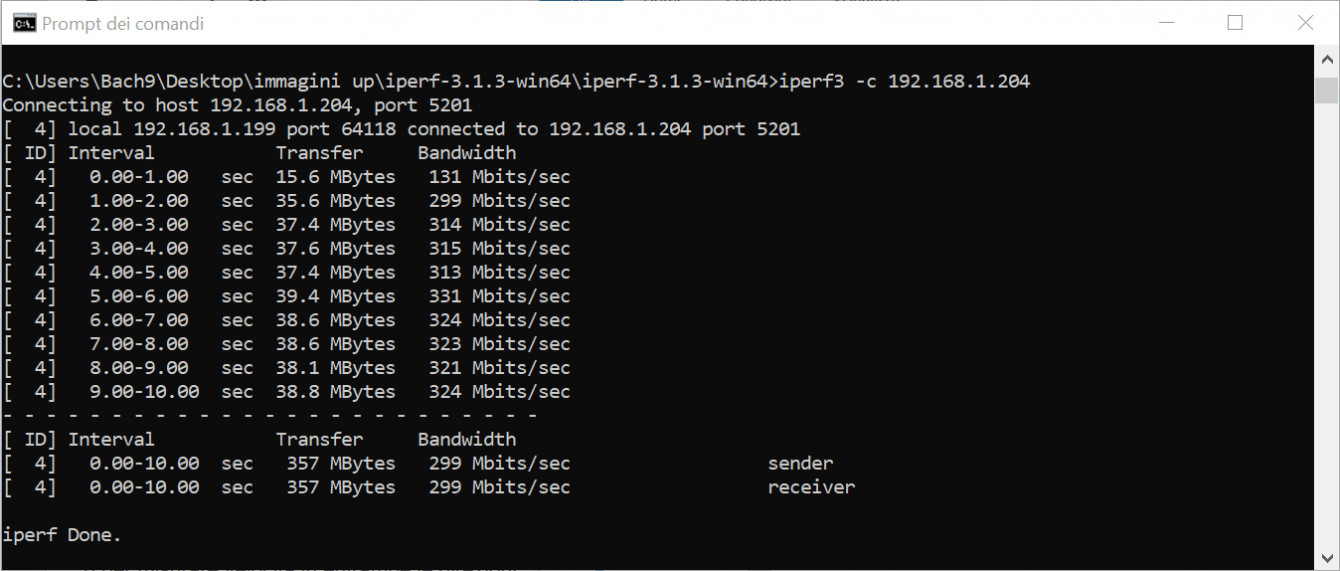
Finally we tested the absolute transfer speeds via iperf in the local network, thus removing the bottlenecks due to the network. As you can see, both the upload and download bandwidth on average it is around 300 Mbps, therefore lower than declared. In any case, it is powerful enough to guarantee excellent performance in home use.
Conclusions
Fritz! PowerLine 1260E is a device that is not designed to function purely as a repeater, but can be used in this sense. We cannot say that it works badly because in most cases an average user would be satisfied with the performance of this device. Obviously there is support for mesh networks to transparently manage the whole system as a single network. But you can get more for less. Our advice is to buy a “pure” wireless repeater or a device designed and optimized for this use if you want to extend the home Wi-Fi network. The same FRITZ! Repeater 2400 or FRITZ! Repeater 600 can be very valid alternatives. When to buy it instead? Of course if you want to use it to extend your network via Powerline! That’s all from the hardware section, keep following us for many other news and reviews!
Better a classic exteder!
Points in favor
- Fair management of many devices
- Minimal design
- Well managed mesh network
Points against
- Price
- Signal deterioration






